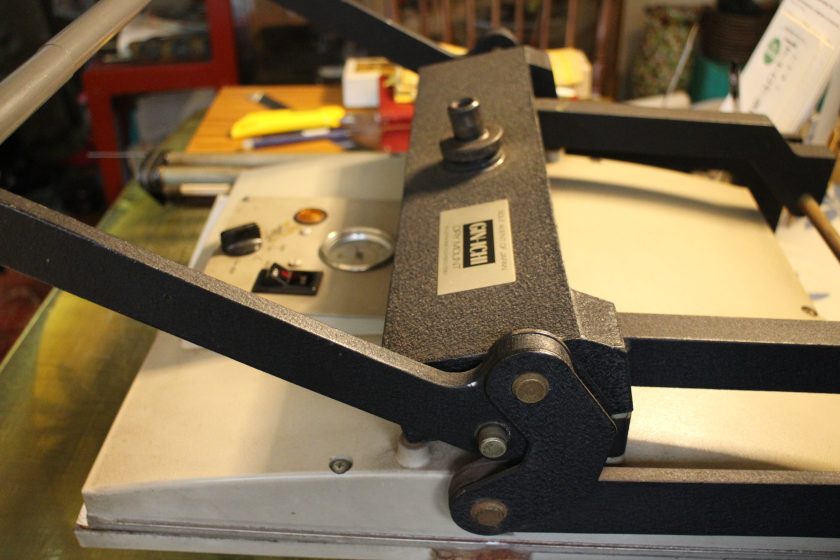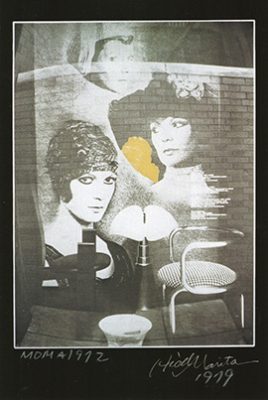Photographs for the Record

Student impressions
The workshop “Photographs as Records” was held at Narita Kobo, a private school in Mitaka, Tokyo, on the 21st (Sat) and 22nd (Sun) of September 2024. Hidehiko Narita served as the lecturer at the workshop. He studied at the Tokyo College of Photography in the 1960s before becoming an assistant of Eiko Hosoe, then setting up his own studio in the 1970s. He has taught at art schools and Asbestos-kan and currently runs a photography school.
On the first day, Mr. Narita explained how what we call “shashin (photograph)” in Japan now has developed historically, going back to the camera obscura and the discovery of photosensitizing agents. The word “shashin” sounds exaggerated as its meaning is, literally, a “copy of the truth”; in fact, “photograph” refers to a formation (graph) by light (photo)—that is, a record drawn by light. Mr. Narita says that therefore, the basic principle that light draws is important. Showing examples of old portraits at hand, he explained that we can understand and use the techniques of photography today only by understanding how daguerreotypes (silver-plate photographs) were invented in the 19th century, how the photographic technique of applying photosensitizing agents to glass plates was born, and how film was created.
The participants then went into the darkroom to learn about the mechanism of light-sensitive materials and chemistry, before actually placing various objects on photographic paper to experience differences in the effects of light. He repeatedly emphasized the importance of carefully carrying out each action—that this was a sketch, an unchanging practice, and never a form of self-expression. It was not about what form was produced or whether it was good or bad, but about understanding the mechanism and learning with others how to produce the greyscale—that is what will help us grow the most.
On the second day, each participant brought objects from their home, placing them on the photographic paper to test out three different methods. They each repeated the process of placing objects in the darkroom—minimizing contact with the surface of the paper as much as possible—while shedding light on it, measuring time by the sound of ticking, and immersing it in chemical liquid. We witnessed the way it turned almost black, but not completely black, when objects were placed on the surface. We also found out subtle differences in the greyscale and the way white appeared when objects were placed on top of each other. It was explained that this was different from so-called “photograms”, despite the fact that they go through a similar manual process in the darkroom. It was a striking discovery.
As on the first day, they were rinsed, dried naturally, flattened, and dry-mounted. By the time the whole process was completed, it was already completely dark outside.
While waiting between tasks during the workshop, Mr. Narita showed us some of the photographs he took and developed in the 1960s and 1970s. I was surprised to see that the differences in greyscale remained vivid and clear. He said that development using photographic paper, which we experienced at the workshop, never fades away. The Ko Murobushi Archive has stage photographs from half a century ago that were developed in the same way. The workshop was a valuable opportunity to experience the fact that photography—or rather, analogue photography—is excellent for recording and extremely suitable for archiving.
Hanako Takayama



Infomation
In this workshop, we will think about the basic principles of photography, how to use materials and tools, the way of thinking in creation and expression, as well as about photography as a record through hands-on activities. We hope that this will become a new guide for you when taking or appreciating photographs in the future.
Date
Sept. 21th, 22nd
13:00 – 17:00
Venue
Narita Koubou
Profile

Hidehiko Narita
Graduated from the Tokyo College of Photography. After working at Yotsuya Studio, he studied under Hosoe Eikoh.
In 1973, he became independent and began his creative endeavors. In the same year, he held a solo exhibition called “The Earth Rotates” at Ginza Nikon Salon, which was very well received. In 1974, he opened the “Narita Seminar/Contemporary Photography Course” at the Tokyo College of Photography. In 1976, he opened the “Narita Hidehiko Photography Studio” at Bigakko (until 2000). In 1991, he was a lecturer at Asbestos-kan CORPUS and taught photography classes in the Fine Art and Visual Design departments at Soukei Art School (until 2003), before opening Narita Kobo in 2000. There, he continues to create his own works and teach Kobo students. He currently teaches art education courses in photography at Musashino Art University, Printmaking Lab, Fukuoka University of Education, and other institutions.
